Juana la del Pipa, once known as the “Tina Turner” of Flamenco, for her strong legs and dynamic nature, is still turning on passionate performances at 68. The deep-voiced Gypsy…
Read moreFlamenco singer Juana la del Pipa on her Gypsy culture
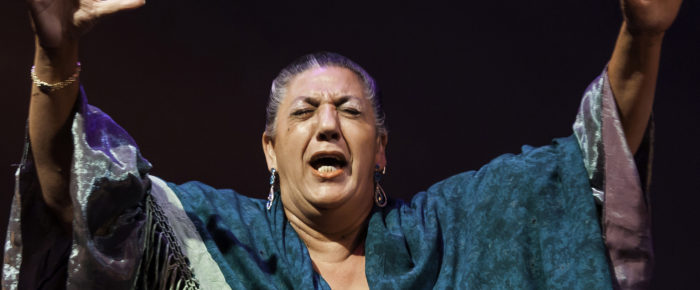

Juana la del Pipa, once known as the “Tina Turner” of Flamenco, for her strong legs and dynamic nature, is still turning on passionate performances at 68. The deep-voiced Gypsy…
Read more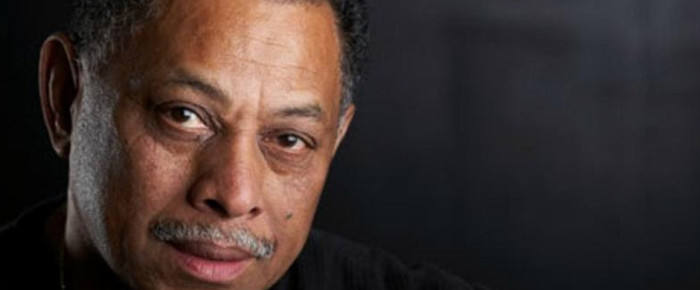
Born Bataan Nitollano to an African American mother and Filipino father, Joe Bataan grew up in Manhattan’s East Harlem in the 1950’s and 60’s – otherwise known as “Spanish Harlem,”…
Read more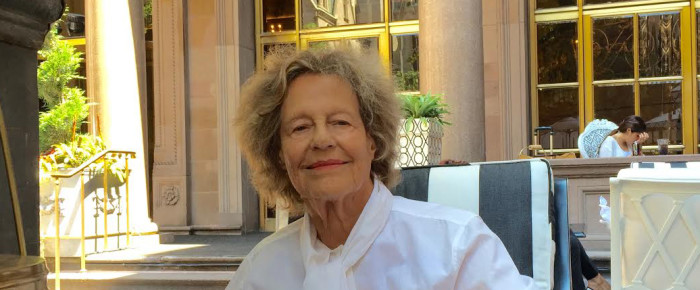
“I used to spend hours on the rocks watching the waves splashing, smelling seaweed, collecting shells…,” Nicole Bigar wrote briefly about her strict childhood in her 2011 book, “Koukoumanias,” which is a…
Read more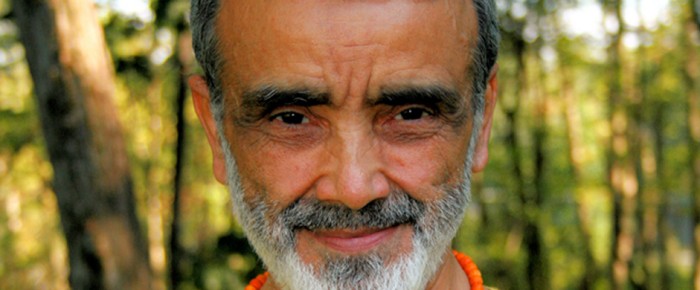
While most New Yorkers are scrambling around, stressed, and in a hurry, Master Yogi Sri Dharma Mittra is often in a faraway, much more peaceful place mentally, and sometimes physically…
Read more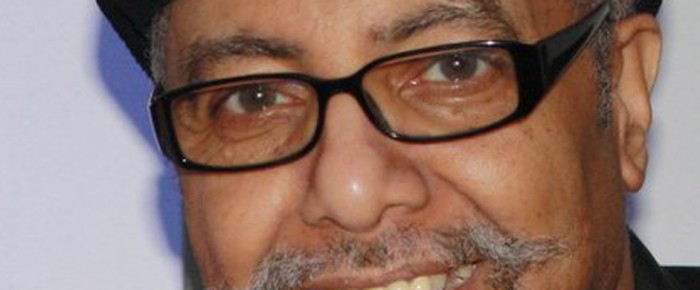
John Fielder, a born and raised New Yorker, has always been a savior of sorts for his community. Before turning 60, he was an emergency medical technician (EMT) for…
Read more